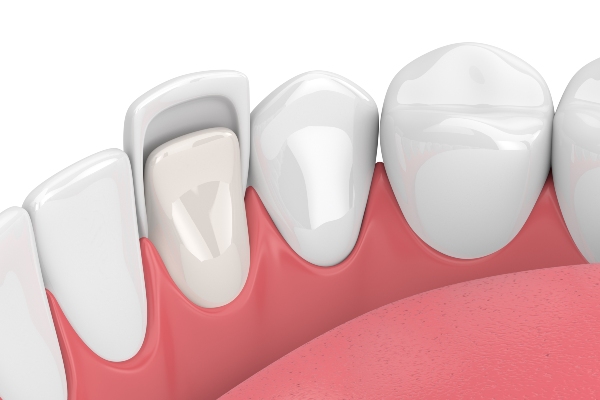Difference Between Caps and Crowns and Do General Dentists Do Both?

When visiting general dentists, the mention of caps and crowns may be among the dental jargon that make people hesitate to receive treatment. Some of this hesitation may be due to confusion about what these treatments are. In fact, they refer to the same thing. “Cap” is a less formal word whereas “crown” is the more proper and technical term most often used by dentists, but either can be used interchangeably to describe an artificial cover placed over a tooth or dental structure.
What are crowns used for and how are they applied?
The part of the tooth that is replaced by a cap is also called a crown, so the name just makes sense. Regardless of the name used for this dental procedure, it can help fix a variety of dental issues:
•Restoring a broken or damaged tooth to its proper shape and size
•Protecting weak and fragile teeth from damage
•Replacing the part of the tooth that must be removed during a root canal
•Restoring strength and appearance to teeth with very large fillings
Crowns can also be used to make a bridge: a string of two or more crowns attached to a metal structure and used to replace two or three missing teeth
How is a tooth prepared for a crown?
A tooth meant to receive a crown must first be properly prepared. This means all decay including cavities, failed fillings and other foreign material must be removed. Repair begins by drilling and scraping away the undesirable elements and broken or cracked bits of tooth. If possible, if the damage has not affected the pith of the tooth, a filling may be used to help prepare the remaining tooth to receive a crown.
Is a root canal always necessary?
Although not always the case, if a root has died or is deeply infected, then general dentists usually find it appropriate to remove the root and replace it with a post screwed into the jaw to firmly hold the crown in place. Following the prep work, a permanent crown is made by taking molds of the area so that a lab can fashion a crown that will fit properly. A temporary crown can then be cemented into place to keep air and food particles from irritating or further decaying the tooth while the permanent crown is being made.
How long does it take to get a cap or crown?
On a subsequent visit, usually a couple of weeks later, the temporary cap is removed and the new permanent crown cemented in place. The dentist then makes adjustments by drilling off any high spots or areas where the cap fits too tightly against another tooth. The final fit should be snugly down against the gum line and blend in with surrounding natural teeth, with no knocking against the upper teeth when chewing.
Conclusion:
Knowing that there is no difference between caps and crowns may help alleviate any doubt about choosing the correct treatment. With the help of general dentists, many people are able to enjoy sound restorations of damaged or lost teeth.
Are you considering general dentists in the Hackensack area? Get more information at https://www.smilebeautification.com.
Check out what others are saying about our services on Yelp: Read our Yelp reviews.
Recent Posts
Dental veneers can improve your dental health. Your dentist can present many types of this dental restoration. Understanding the types of veneers available can broaden your options. Here are the different types of dental veneers that you must consider.These are the most common types of dental veneers. The material in these restorations is feldspar, which…
Dental veneers help patients achieve a picture-perfect smile. However, these wafer-thin shells go over the natural teeth, which begs the question: Are dental veneers comfortable? When installed correctly, veneers feel just like your real teeth. In this article, we will explore veneers, how they work, and how they manage to feel and look natural.Veneers help…
Dental veneers are often more advantageous than other cosmetic dental procedures. Some cosmetic dental procedures are quick but need retreatment. Others need preparation and months to be effective. Veneers take a short time to get but can last for at least a decade with proper care and maintenance. Knowing the benefits of these restorations over…
If you are one of the many individuals who suffer from TMJ, you may be researching the effects Botox® has on this problem. Believe it or not, it can work to help some of the unfortunate aspects of this condition. TMJ can sometimes make everyday activities and simple things we take for granted, like chewing,…


